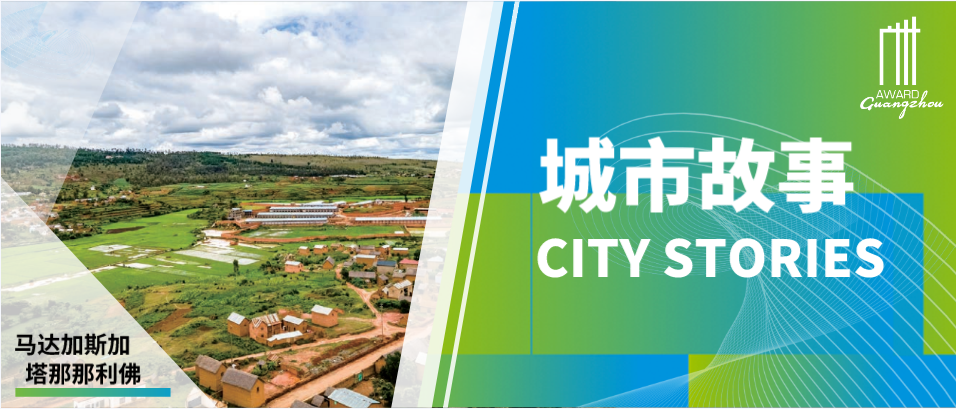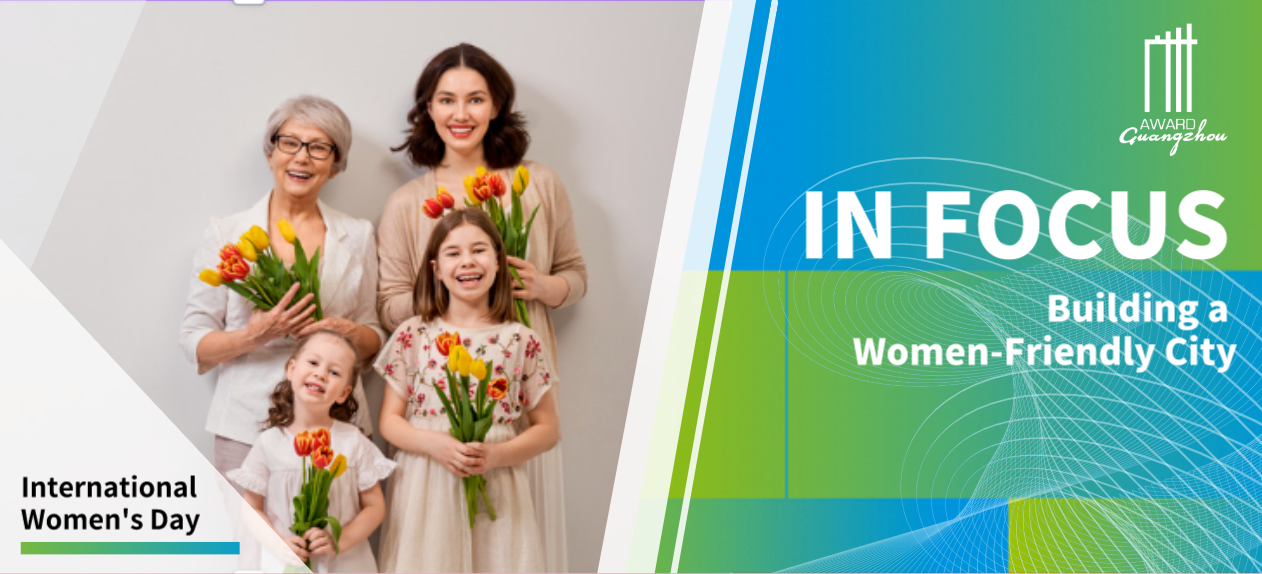Cornellà, Spain
Citilab-Cornellà: The First European Citizen Laboratory
Background Information
The project as a foundation Citilab takes five years but is under construction since 1997. The origins of the movement born citizen networks that emerged in 1995. In the city of Cornellá, citizen networks were built in those years by journalists, teachers, architects and industrial workers. The goal was to start between us literacy in the world of Internet and Information Technology and Communication (ICT). They could then unite by the purpose, outline a scenario to create opportunities for exchange. We saw in Internet use a great opportunity to build new forms of public space and dialogue between citizens.
Some we could make use of the Internet to formulate some working hypotheses based on the creation of virtual public spaces.
After some experiences in debates on the city and public facilities, the economy is beginning to strengthen new models of ICT training for children, youth and adults. Currently enjoying of Citilab-Cornellà, the number of all partners and partner users that amounts to 5800. The institutional structure of Cornellà number now stands at approximately 350 associations. Citizens, the educational community, the business integrates our facilities and our project in their daily activities benefits greatly. Communities hold their events and conferences in our facilities: Living Labs Summer School 2011, Smalltalk Conference 2010, Mozilla Foundation, PHP Developers, Drupal, UrbanLabs, IBM Smart Cities and Siemens. So the real impact of these five years are 50,000 new visitors, participants or users.
Goals of the Initiative
The main objectives of the initiative are:
•To create a big multidisciplinary space to make use of the big potential of the technologies of the information and the communication to share and to transmit knowledge and experiences to the society.
•By taking the possibilities that new technologies offer to make them useful to society, based on precise technical resources and the cooperation of the citizens (subject matter experts) in order to create social innovation.
•Provide universal access to the new culture of innovation that leads to new technologies.
•Create a new "model" of entrepreneurship according to the actual times.
•Make available the "new potential" to the citizenship.
•Be a citizen lab since experimenting with different initiatives that can improve the daily lives of citizenship.
•Innovate Continuously. We believe in continuous innovation processes since we live in a knowledge society that we can call "liquid society". Rather than a time of change, we live in an era of change, as was the move to the industrial age, so the knowledge society has to play a key role.
A phrase that can sum up the philosophy and emerges in the project and objectives is: "when someone approaches to Citilab all that is asked is: do you want to do?" The first goal was the pillar underpinning the initiative and was first attained within a reasonable period of about five years. The other goals were established longer term and the results have been progressive. The specifics of each were established annually and have been fulfilled in accordance with the indicators set for evaluation, both quantitative and qualitative, as reflected in the reports of management of the Foundation.
The totality of projects that the initiative has generated, have been basically funding by competitive grant finalists, who came from the government and private, through collaboration agreements with firms in the Citilab or others subsidies. The implementation of the initiative has among other achievements, generate new inertia, open new ideas for the future, bringing the new window to the world that generates "Internet" and interrelate people of different generations and people with opposing skills.
Parties and Partners to the Initiative and Resources Used for Implementation
Citilab is a public-private foundation built by: the city, private companies and universities. Our patronage is public and private, which detailed our initial composition:
Foundational and Institutional Public Governmental Patterns:
•City of Cornella de Llobregat
•Catalan Government –Generalitat de Catalunya
•Council of Barcelona
Foundational and Institutional Public Non Governmental Patterns :
•Catalan Foundation for Research
•University of Catalonia
Foundational and Institutional Private Patterns:
•World Trade Center Technology Park Cornellá, SA
•Siemens,S.A.
Foundational and Institutional Individuals Patterns:
•Mr.Llluis Bayó Ortonoves
•Mr.Antonio Morales Albarracin.
The resources used for implementing the initiative include:
Citilab-Cornellà is managed by the Foundation for the promotion of the Knowledge Society as a non-profit entity. Contributions from the patterns have been vital to the implementation of the previous projects, studies and preparing everything for the first phase of the project. Likewise the contributions of public funds from the organisms various local, regional and national, have made possible the realization of the architectural and technological, these two indispensable to flesh out the project. Now, the normal operation of Citilab-Cornellà needs more funding. The operating model of Citilab-Cornellá is aimed at generating activity and while a large part of these activities are designed to impact to large segments of society, this does not exclude that the activity is generating income. We are not referring to the activity with users and clients, but the center itself must report activities that generate income to enable it carry out its role and mission. From the beginning the knowledge generated around the projects and activities Citilab-Cornella is a revenue opportunity. It seeks to stabilize in five years maximum income in a mixed model.
In this model of financing contemplated various sources:
•public inputs from various administrations
•funding obtained via calls for investigations,innovation and technology development at regional, state and European Funding Calls ( Avanza, Zenith, Framework Programme, Profit)
•financing obtained by consulting and advisory contracts in fields of technological activity, research and innovation.
•generic and customized revenues training programs.
•income from specific activities of transfer knowledge to enterprises (including visits and workshops in Citilab-Cornellà and renting spaces for entrepreneurs)
•returns participation in start-ups.
Clearly, in the implementation of Citilab-Cornellà many of these sources of income cannot be considered. Therefore, what is envisaged is a step change in the source of funding (in percent).
Innovation for the Initiative
Citilab can be considered a revolutionary initiative. The creation of a new kind of institution, a citizen’s laboratory, dedicated to facilitate the universal access to innovation activities to every citizen in a community has never tried before. It is part of a new emerging and open innovation system that Internet is allowing, but a citizen laboratory is more than simply an institution to facilitate the universal access to Internet or to computer literacy. What Citilab is attempting is to really democratize the innovation process, to introduce a new concept: the innovation literacy. Of course, Citilab, as any other social innovation, started not from scratch but from a previous experience in community networking and telecentres. But small gradual changes can produce sometime a radical new concept as in the case of Citilab. Citilab is being opening a new activity area in the city of Cornella: the local innovation policy. For the first time local authorities are investing in innovation even in the middle of a deep economic crisis. In cities around the world we are seeing the dawn of the Municipal Chief Innovation Officer, a new local responsible in charge of coordinate and promote innovation projects and activities at the local level.
Citilab is helping cities to create the local consortium with research centres, universities, companies and citizens to set up such strategies.
Citilab was inspired in the Deutch Science Shops in the 60s where universities open its doors to labor unions and social organizations to develop joint applied science projects, but the more direct influence came from the CTC, Community Technology Centres in the USA (Tonia Stone, Playing to Wing in Harlem in the 80s) and the American and Canadian community networking movement in the 90s. In 2000, leaders of Cornella-Net, the citizen network in Cornella, with other community networks in Barcelona organized the First Global Community Networking congress that gathered more than 600 leaders from community networks around the world. After this congress the idea of a citizens laboratory started to emerge as a next step.
In 2006, Citilab contacted other similar experiences in Europe named Open Living Labs. In 2007, the European Network of Living Lab as the first European citizen lab recognized us. We are helping to extending the open innovation concepts ( Chesborough , 2007) to every citizen. In that sense, all the global telecentres community is now getting inspired by Citilab in order to evolve towards a more innovative organization inspired in citizen-driven innovation models of Citilab.Finally, Internationally recognized scholars like Prof. Manuel Castells has been a strong supporter of the Citilab experience.
Obstacles and Solutions for Innovation
From the citizen viewpoint, the main obstacle to innovation is the lack of a tradition of opening the innovation to everyone. As a senior women told to us in a Citilab session: “Nobody offered to me such opportunity to innovate before”. This is the main obstacle: the lack of precedents. Innovation still is considered an “elit” activity associate to research universities, big corporations and public administrations, not the daily activity of a normal citizen.
The solution is a cultural change, articulated with such new kind of institutions that can allow to every citizen to be educated and trained in innovation activities.
Outcomes and Assessments
Outcomes achieved are as follows:
The introduction of methodologies for a cultural change towards innovation in citizenship is perceived as a change in the lifestyle of people who are able to engage more actively in the creation of its territory and generating solutions.
While these methodologies allow actors such as public administration and private companies involved in the dynamics creates an open innovation in business models and new forms of governance.
Assessments are as follows:
Given the variety of initiatives and the various areas of work, indicators are always associated with the various projects that are within the CitiLab.
Globally, we work seeing the amount of people who act with us, both individually and associations or companies, the number of projects that are capable of performing, and the number of projects that are put into the hands of associations or companies to give an concrete social return.
Furthermore constantly visualize the number of publications, media appearances and lectures in which we participated or mentioned.
Methods Applied
Our own method is based on the involvement of citizens in the development of activities with new technologies.
Conducted in three stages:
•Search for actors (stakeholders) and understanding of the elements of motivation and goals.
•Development of a common challenge that allows creating transformation projects in the field timely and working with new technologies.
•Development of an agenda that includes networking activities and in physical spaces and common form.
Benefits to Other Cities
We would like to highlight the Seniorlab project inside the Citilab. The reason is because it is the more surprising novelty we are founding: seniors can also be innovative. Traditionally we associate innovation with youth and it is so. Internet and its source of innovations (social networks, transmedia, fablabs) are leaded by the young generation. But Citilab has proved that seniors are also open to innovation each we offer them the right environment to experiment.
We just live in the century of cities. The majority of human population is already living in cities. A second key fact will be that in this century the mankind will end the demographic transition and start with the industrial revolution. The world will become a much more ageing world. But far from considering this process a dramatic decadence, we can change the vision we have about getting older. We are the first generation in the history that enjoy the possibility of a post-work creative and enjoyable life. A current senior are not dependent persons but in its majority people interested in learning, enjoying family life and friends, ready to travel, and as Seniorlab has proven ready to innovate using ICT. Of course at the end, that they need care and health attentions as always was in each human society. But this is not new. The novelty in human history is just the opposite, the emergence of new generation of seniors with the possibility of creative lifespan after the working experience. Seniorlab has proven that seniors can develop innovative projects in the area of life stories, converting these personal stories in local immaterial heritage in digital format, or creating a digital service online (Connect Alzheimer) for supporting the families of Alzheimer patients,or studying and discussing self organizing senior residences like Loppukiri in Helsinki, designed and constructed by its seniors owners.
Seniors can innovate at their pace. But as the Italian say: “Piano, piano si va lontano” (Slowly you go far away”). Finally, working with seniors we got a new dimension of time. Currently our society is too focus in the instant, the furious present, forgetting that the time is much bigger that such moment. Seniors give the knowledge society such expanded dimension of time, human time, centuries, millenniums, not only in the past but also may be in the future. In Seniorlab we have discovered the cyber time, not only the cyberspace, a new dimension of time that the knowledge society can develop, the time of projects, of futures, of important decisions. When the Iroquois, native Americans have to take important decisions, they look for the next seven generations. Seniors can give the knowledge society this new and at a time old, dimension of time.
-
 In Focus | The World Earth Day: Planet vs. Plastics
In Focus | The World Earth Day: Planet vs. Plastics -
 Urban Innovation in China | Shenzhen: How to Maintain Momentum to Achieve Carbon Peak by 2030 While Leading Green and Low-Carbon Development?
Urban Innovation in China | Shenzhen: How to Maintain Momentum to Achieve Carbon Peak by 2030 While Leading Green and Low-Carbon Development? -
 City Stories | Antananarivo, Madagascar: Building Resilience in the City Food System
City Stories | Antananarivo, Madagascar: Building Resilience in the City Food System -
 In Focus | International Women’s Day: Building a Women-Friendly City
In Focus | International Women’s Day: Building a Women-Friendly City























 Tel: +86 20 3780 4434
Tel: +86 20 3780 4434 Email: info@guangzhouaward.org
Email: info@guangzhouaward.org Address: Rm 1609, FuLiXinTianDi, No.307 Guangzhou Dadao Zhong, Yuexiu District, Guangzhou, Guangdong, 501600, PRC
Address: Rm 1609, FuLiXinTianDi, No.307 Guangzhou Dadao Zhong, Yuexiu District, Guangzhou, Guangdong, 501600, PRC




